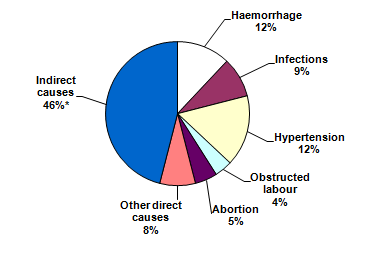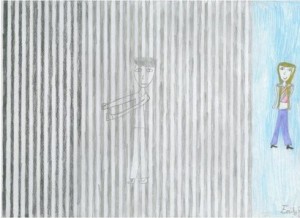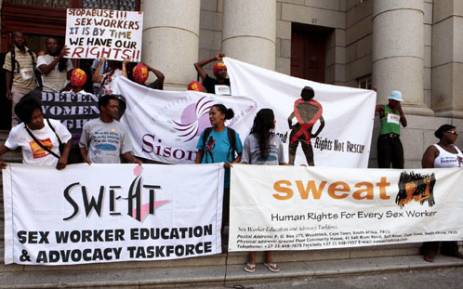
There was a stampede in Jakarta, Indonesia today. Few agencies have reported it, I’ve found only one. Thirteen people are reported injured, and it is reported that the thousands who gathered for free food and cash handouts, to mark the end of Ramadan, were overwhelmingly women and children.
Human stampedes are reported throughout the year, everywhere. In the past week or so, four human stampedes have been reported, Jakarta’s being the most recent.
In New Delhi, India, on Thursday, September 10, “Tragedy struck a government secondary school in Indian national capital New Delhi Sept 10 when five girls were killed and 27 other students injured, six of them very critically, in a stampede. The incident occurred when students were trying to make their way up and down a narrow staircase when they were asked to shift classrooms during an examination in the Khajuri Khas Senior Secondary School….Some students said they were asked to shift classes as certain classrooms were water-logged due to incessant rains since Sept 9 night. One of the girls, going down the staircase, fell leading to the stampede….All but one of the 27 injured students were girls.” In the end, 34 students were reported injured, five killed.
That was Thursday. On Saturday, in KwaNongoma, KwaZulu Natal, South Africa, “Tragedy struck at the annual Royal Reed Dance … when one of the maidens was crushed to death during a stampede that broke out following a scramble for promotional caps. Another maiden is in a critical condition while 10 others were seriously injured as the event turned into pandemonium.”
That was Saturday. On Monday, September 14, in Karachi, Pakistan, “Eighteen people were suffocated to death during a stampede here on Monday as poverty-stricken women battled for a free bag of flour being distributed by a philanthropist in Khohri Garden. The dead reportedly include a number of children as well. Meanwhile, several unconscious women were rushed to the emergency ward of the Civil Hospital in Karachi.” Actually, it was twenty women and girls killed, and fifteen were injured. Or was it at least 25? At any rate, the women and girls were waiting for free food.
Stampedes occur all the time. It could be sports events, such as in March of this year at the Houphouet-Boigny Stadium in Côte d’Ivoire at a football, or soccer, match when a wall collapsed and the crush killed 22 and injured over 130. It could be the proverbial fire in a crowded theater or club, as happened in Bangkok this New Year’s, when at least 59 people were killed and over 200 were injured. Or it could be a sale at a big store, like Wal-Mart, as happened late last year, in Valley Stream, New York, not far from New York City. That was on the Friday after Thanksgiving, when people couldn’t wait any longer and broke through the doors, trampling a worker, Jdimytai Damour, to death. It happens all the time.
All of these incidents were described as stampedes. In the most recent, the dead and injured were all or almost all women and girls, but that is not my point here today. What exactly is a stampede, and how does a crowd crush become a stampede?
Stampede is a relatively new word, and it seems to be North American. According to the Oxford English Dictionary, it was coined early in the 1800s, Cowboys in the United States borrowed the Spanish word, estampido, which means crash, explosion, or report of a firearm, and estampida, which means a stampede of cattle or horses. It was an early example of transnational vaquero cowboy culture. The word didn’t come from Spain, it came from Mexico. Stampede, or stompado, was a “sudden rush and flight of a body of panic-stricken cattle” or horses. Later, stampede came to mean a “sudden or unreasoning rush or flight of persons in a body or mass”.
Here’s the thing. At its inception, stampede meant a thundering herd, powerful, dangerous. Today, when referring to people, it means a mass of people in flight who are threat mostly to themselves. How does that happen? Here’s one possibility. At the beginning, stampede was virile, masculine, big roaring animals and big riding cowboys. People, on the other hand, that was panic. In fact, the word in Spanish for the phenomenon of people rushing as a crowd and crushing one another in the process is precisely pánico. Panic. Sudden, wild, unreasoning, excessive, at a loss and out of control. And what is the term for mass panic? Hysteria, the women’s condition: “Women being much more liable than men to this disorder, it was originally thought to be due to a disturbance of the uterus and its functions”. Hysteric: “belonging to the womb, suffering in the womb”.
It doesn’t matter who is trampled in the event called a stampede. What began as an articulation of masculinity, the enraged capacity to destroy all in its path, has become the embodiment of womanhood, the helpless implosion of self. What began as a roar has become somehow a whimper. When you read that a group was in a stampede, know this. It is not a neutral word. It is a gender, and the gender is woman.
And those who were in the stampede? Writing of the trampling to death of Jdimytai Damour, one person commented, “I’m particularly troubled by reports that police are thinking about charging individual members of the crowd. When people behind you start pushing you forward, there is often nothing you can do. And there’s a real fear that if you try to resist, you too will be trampled. Part of the tragedy is that there are undoubtedly people in that crowd who know they stepped on something that day, or who, in their excitement, spurred on the surge. These thoughts may haunt them for many years.” Those who trampled will be haunted, those who lost loved ones will be haunted. The rest of us, we are meant to be haunted by the gender of stampede.
(Photo Credit: NDTV)









